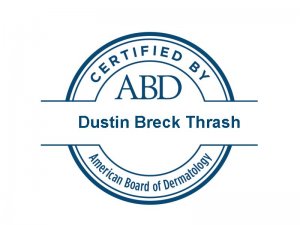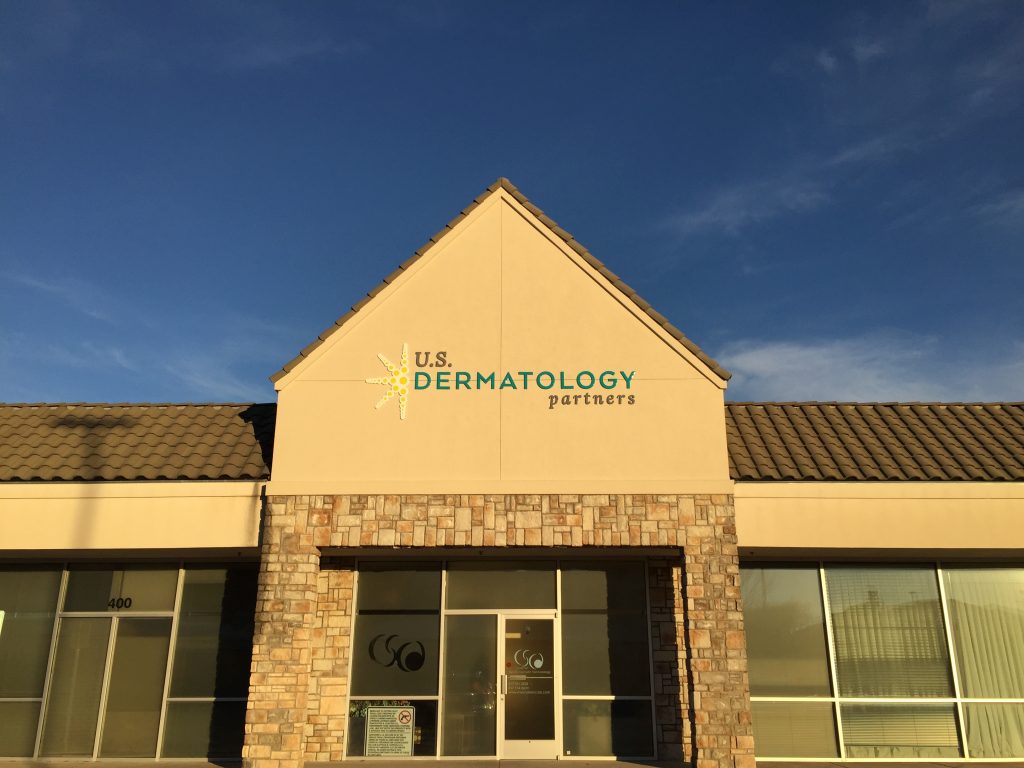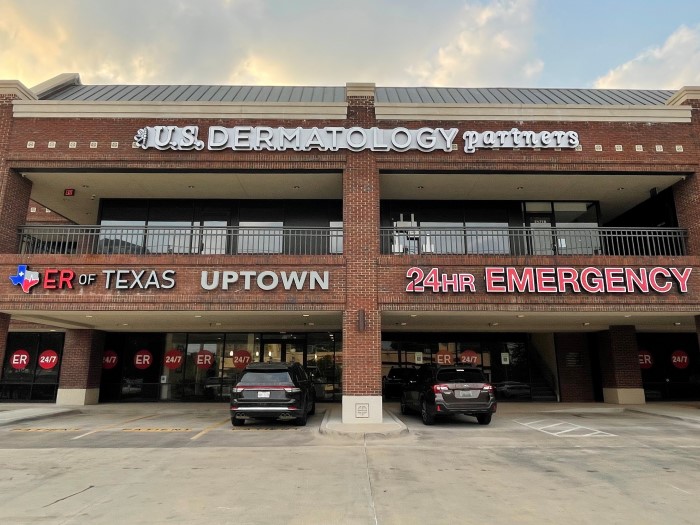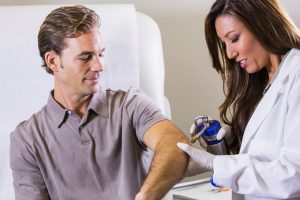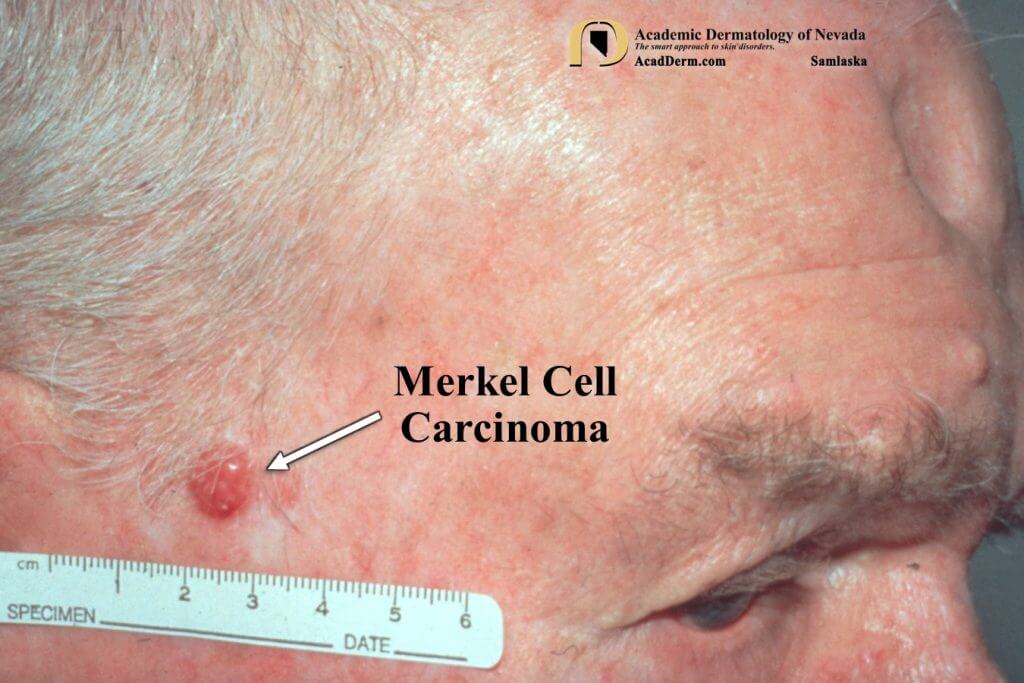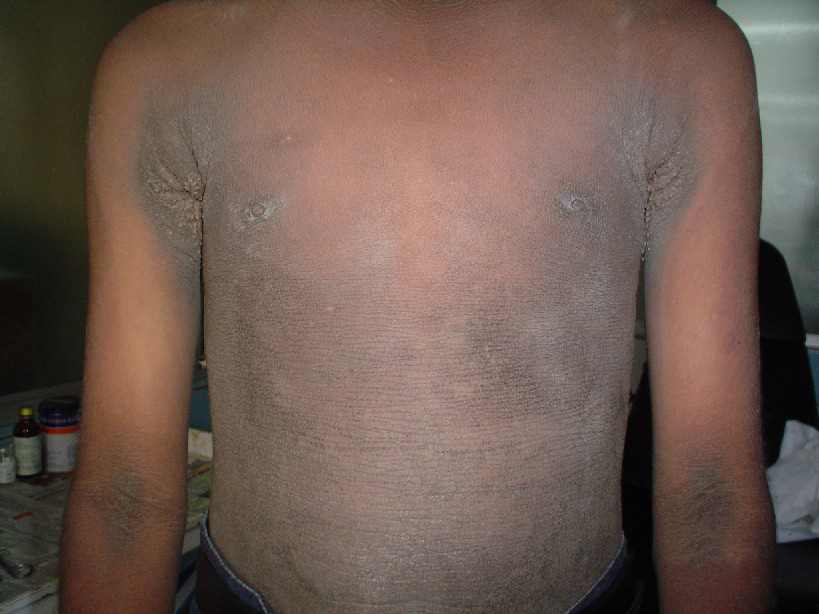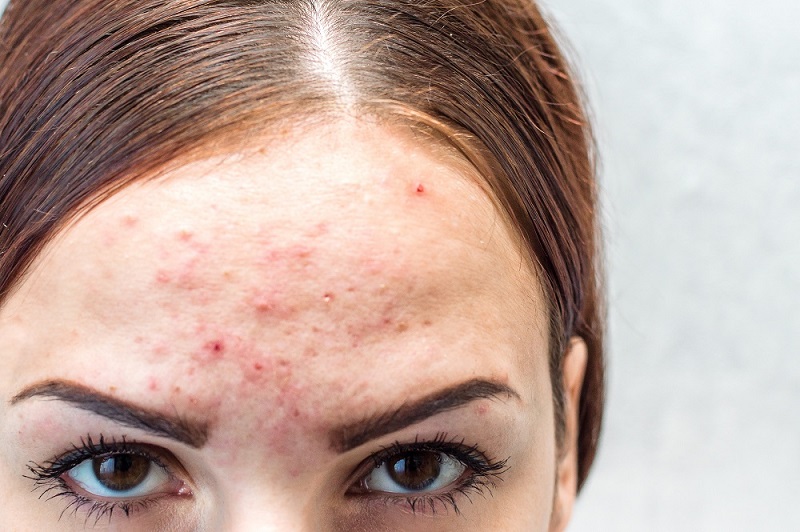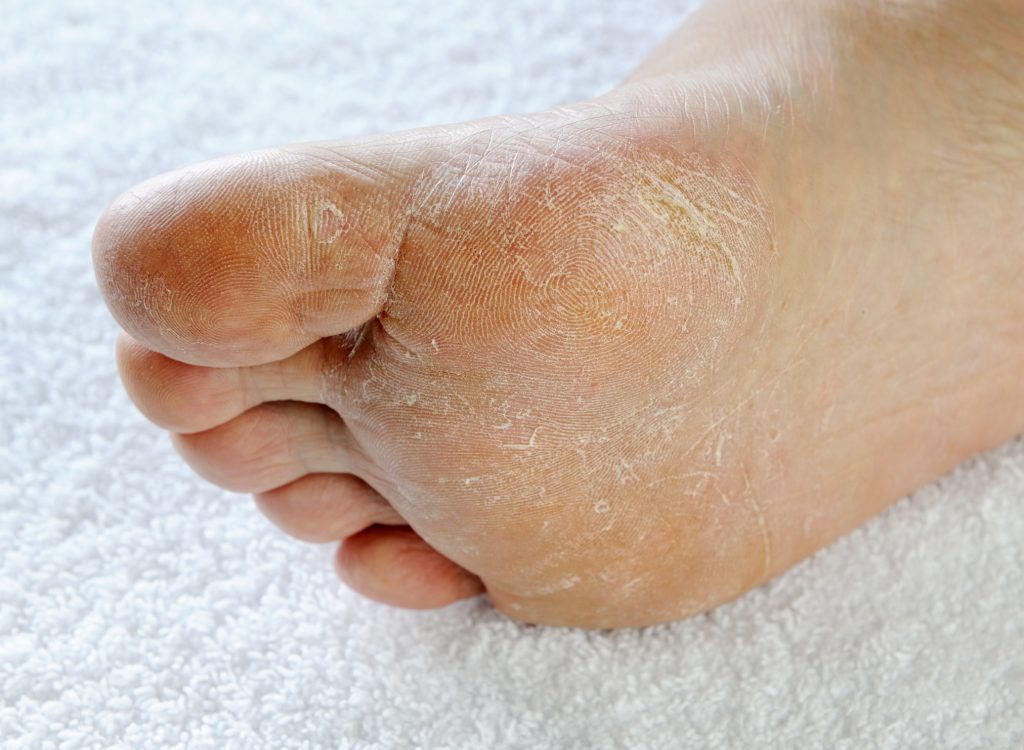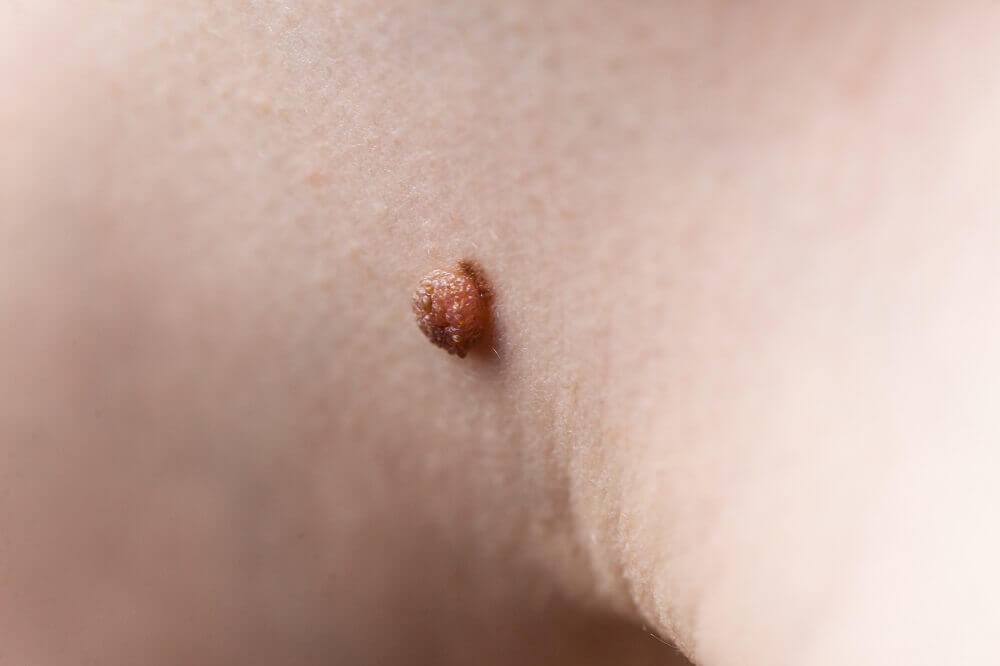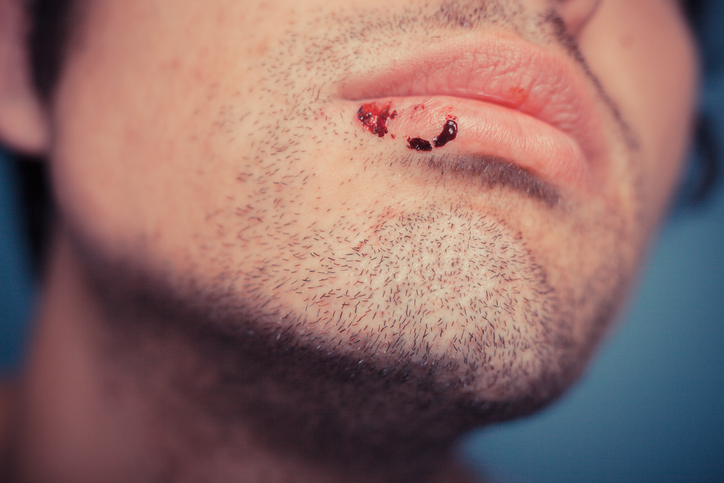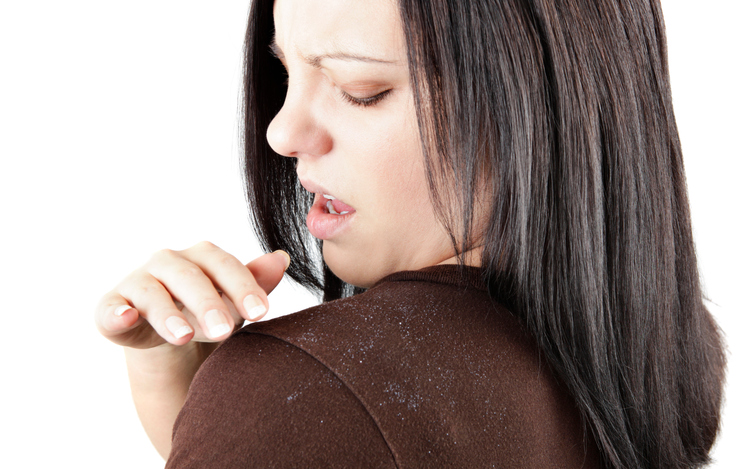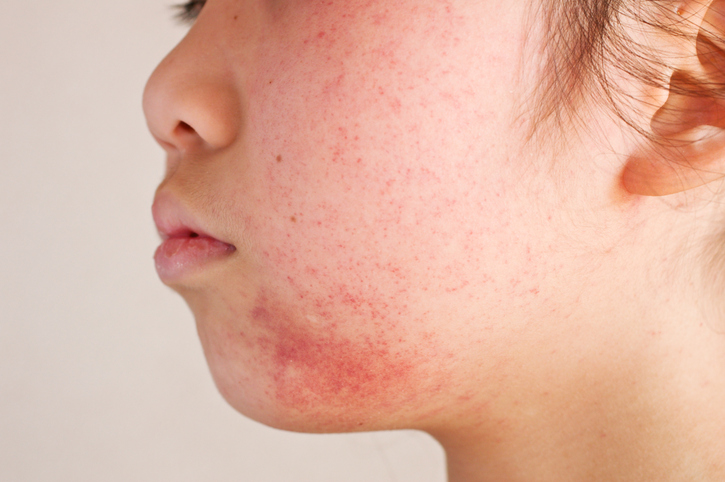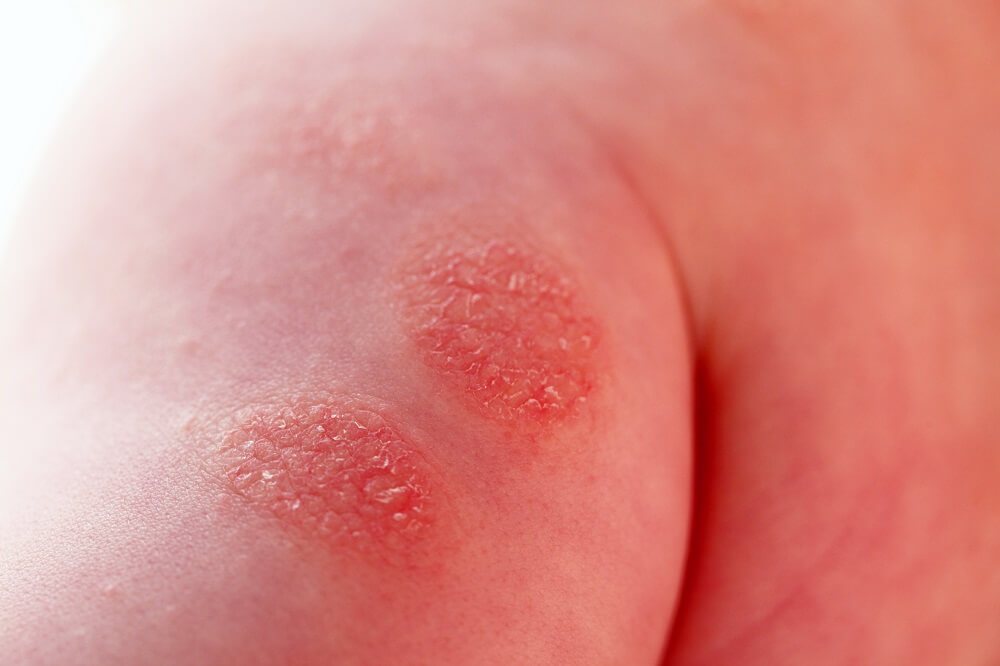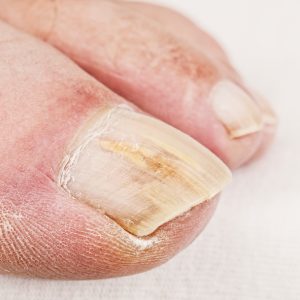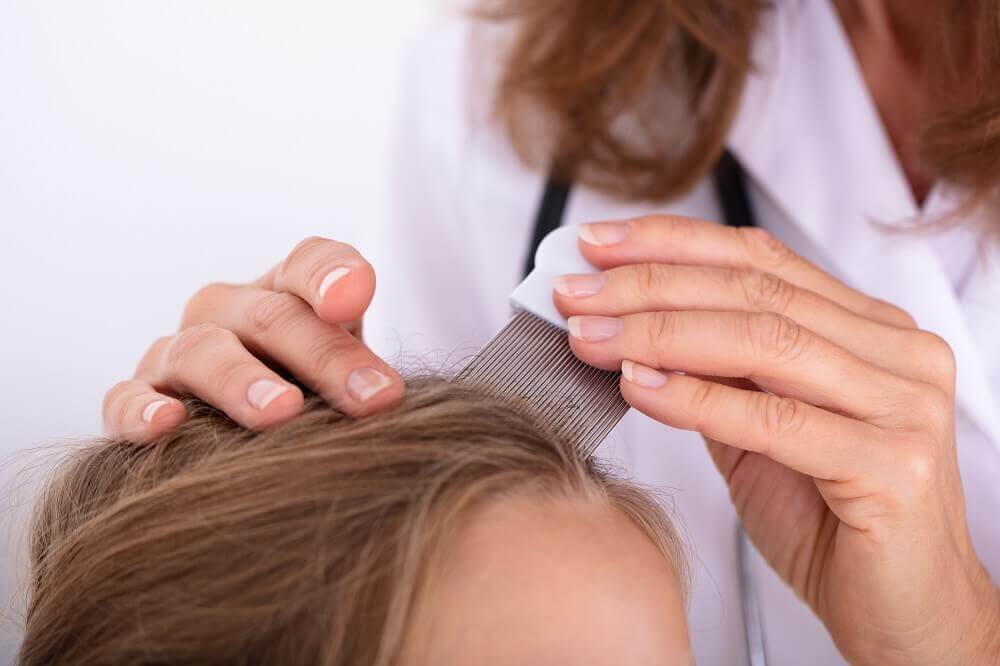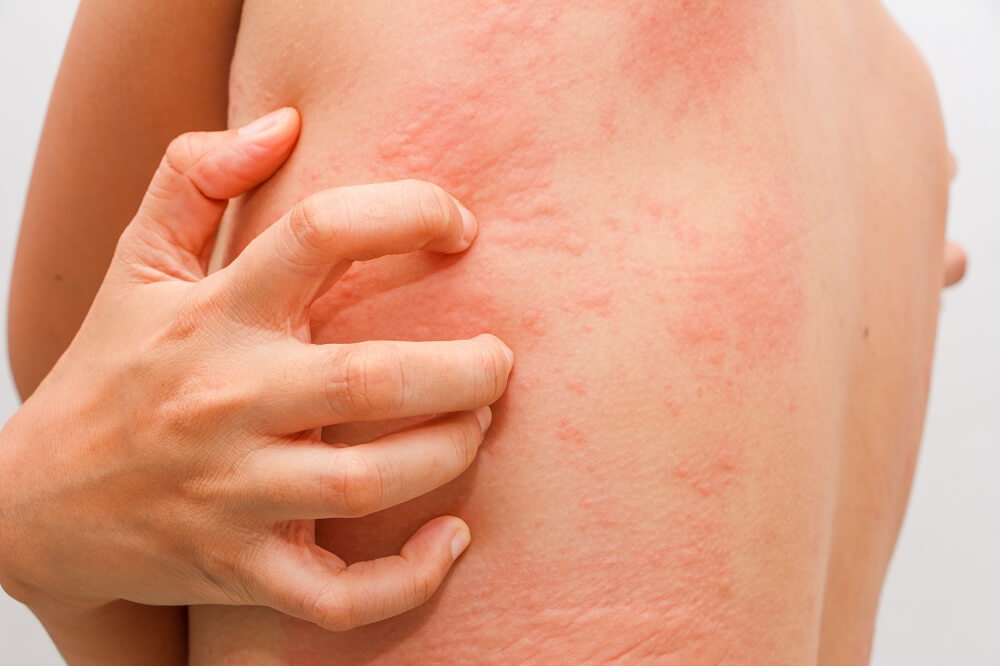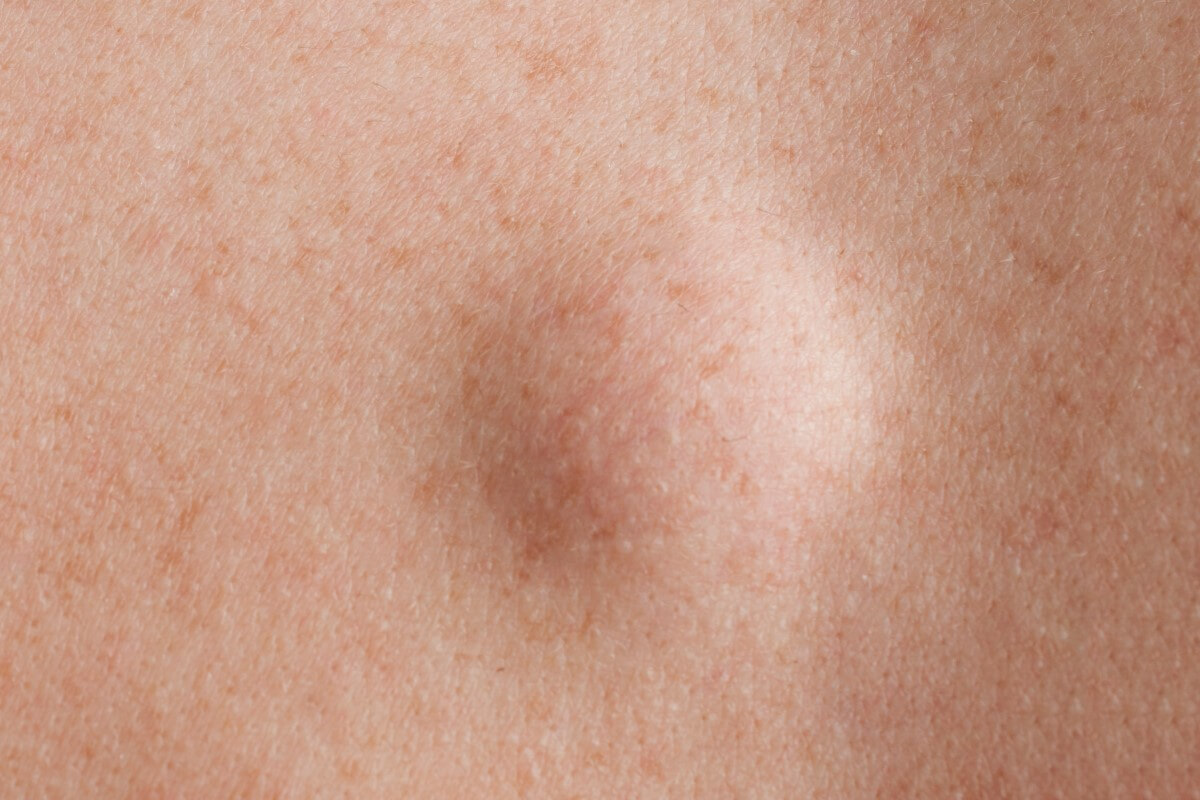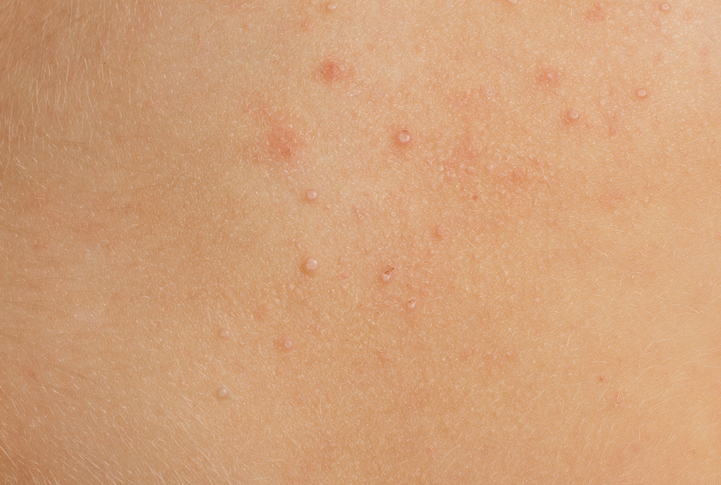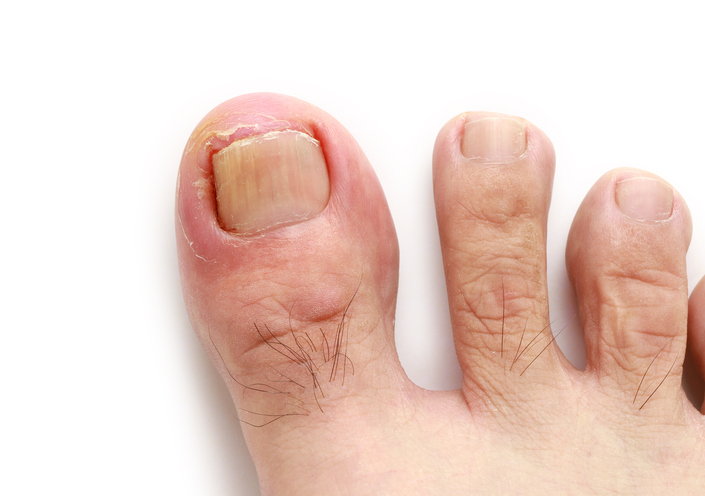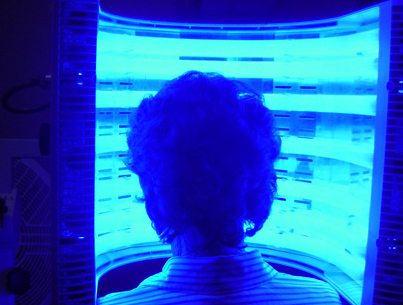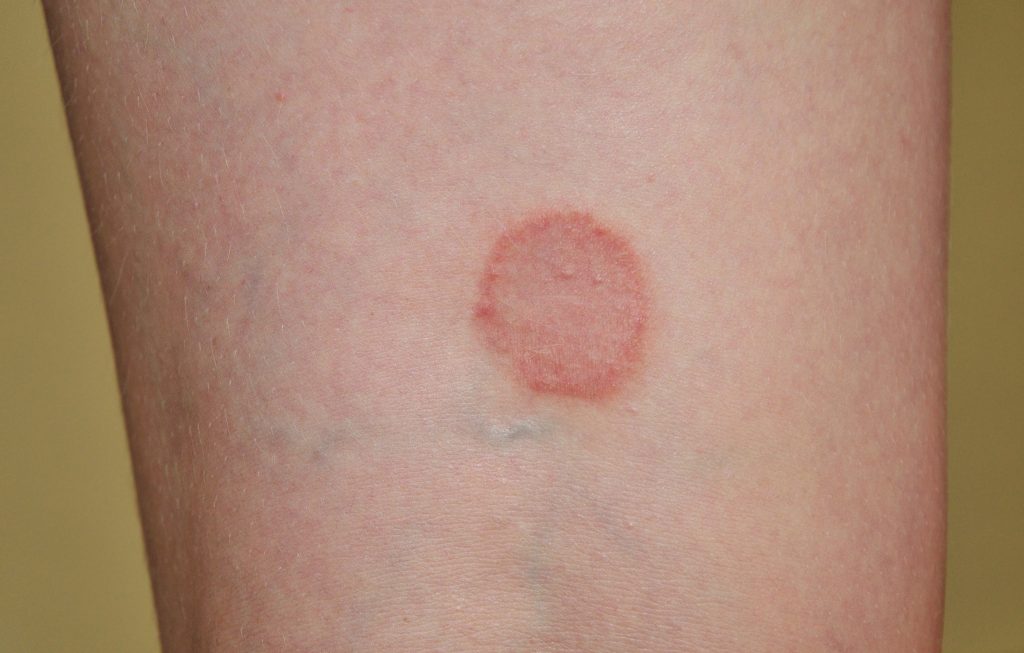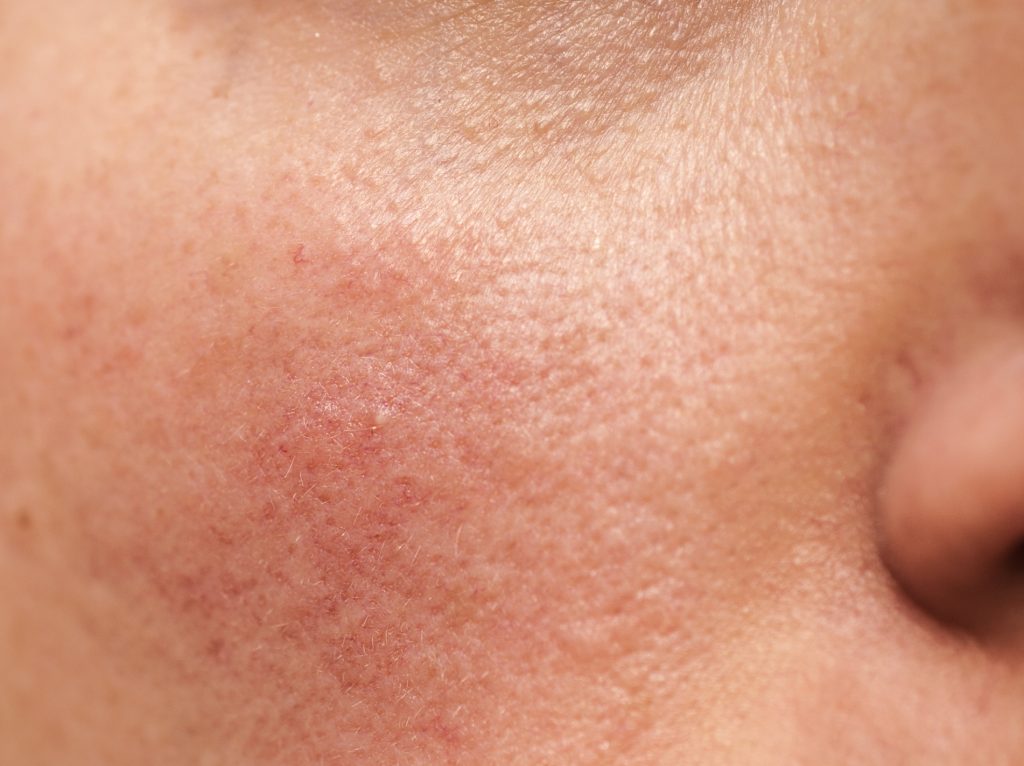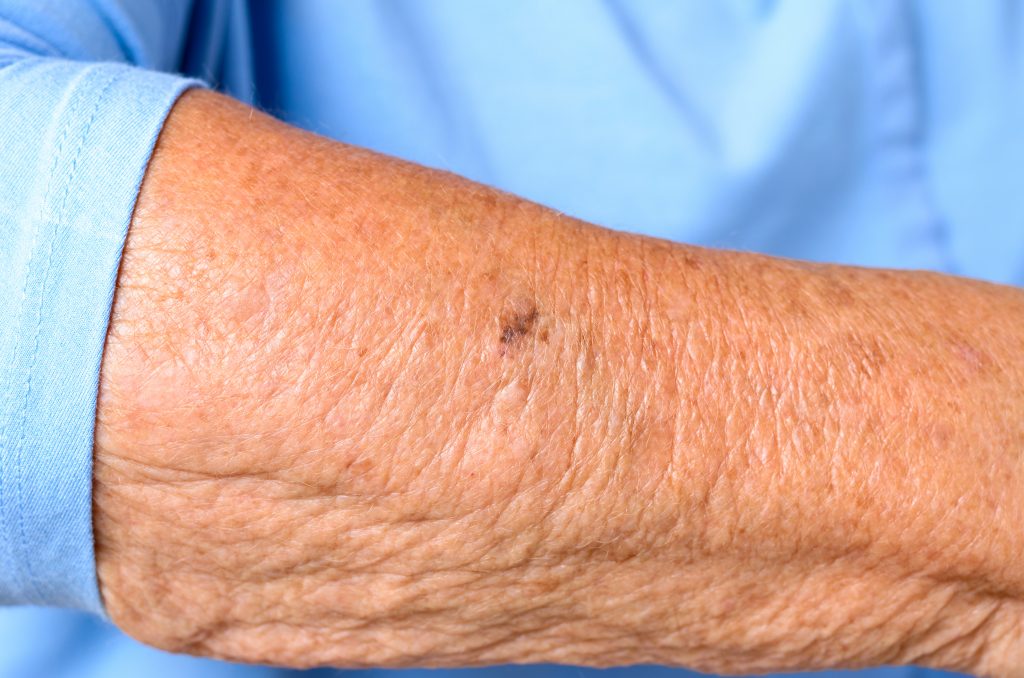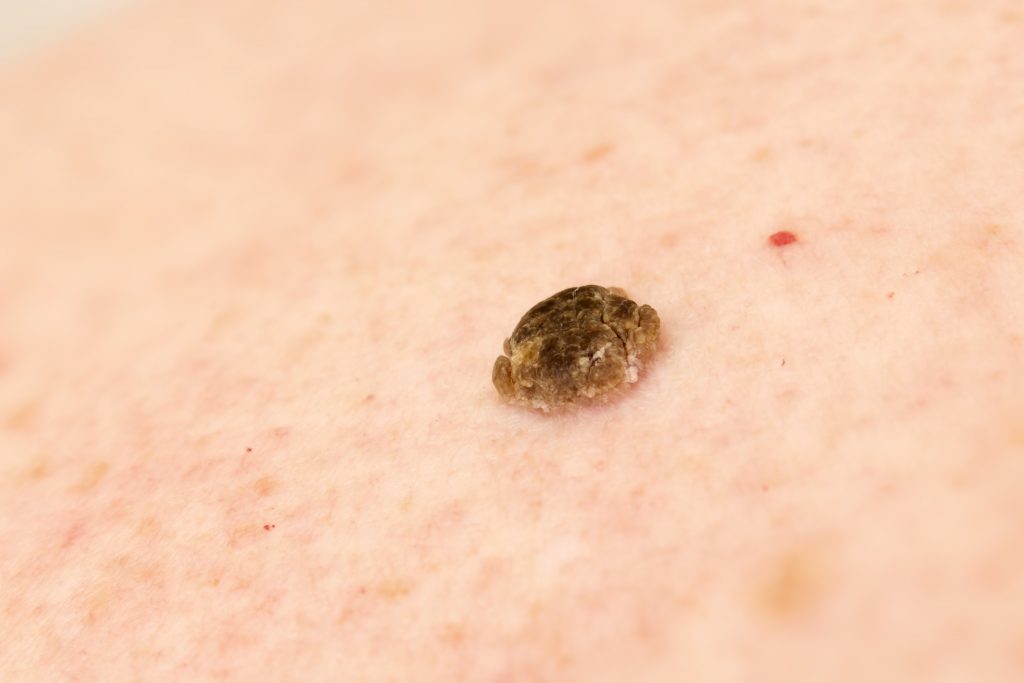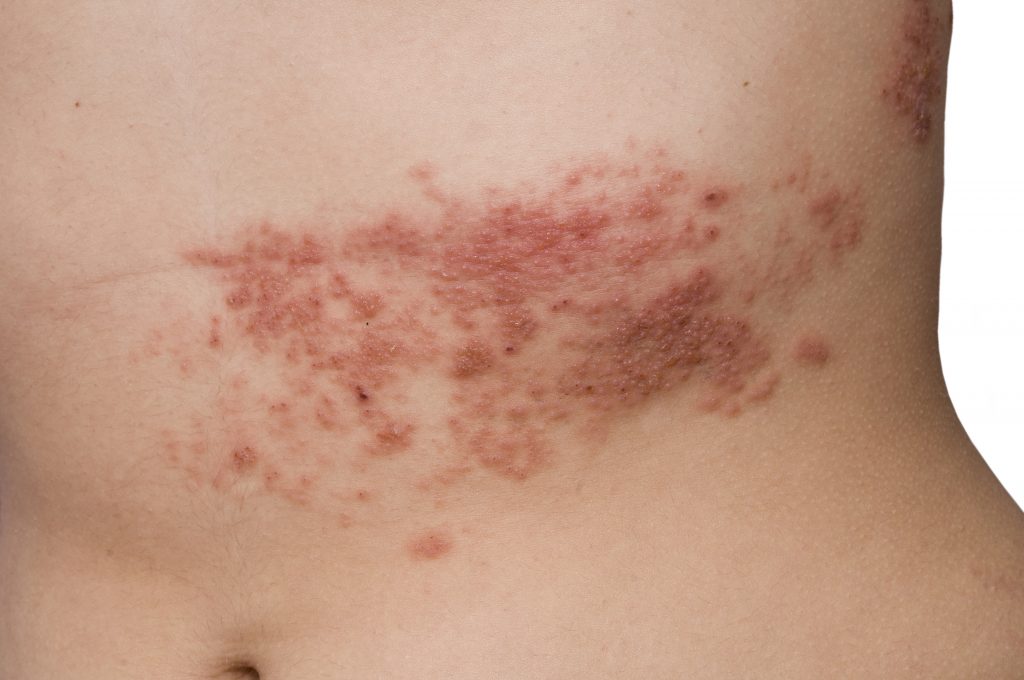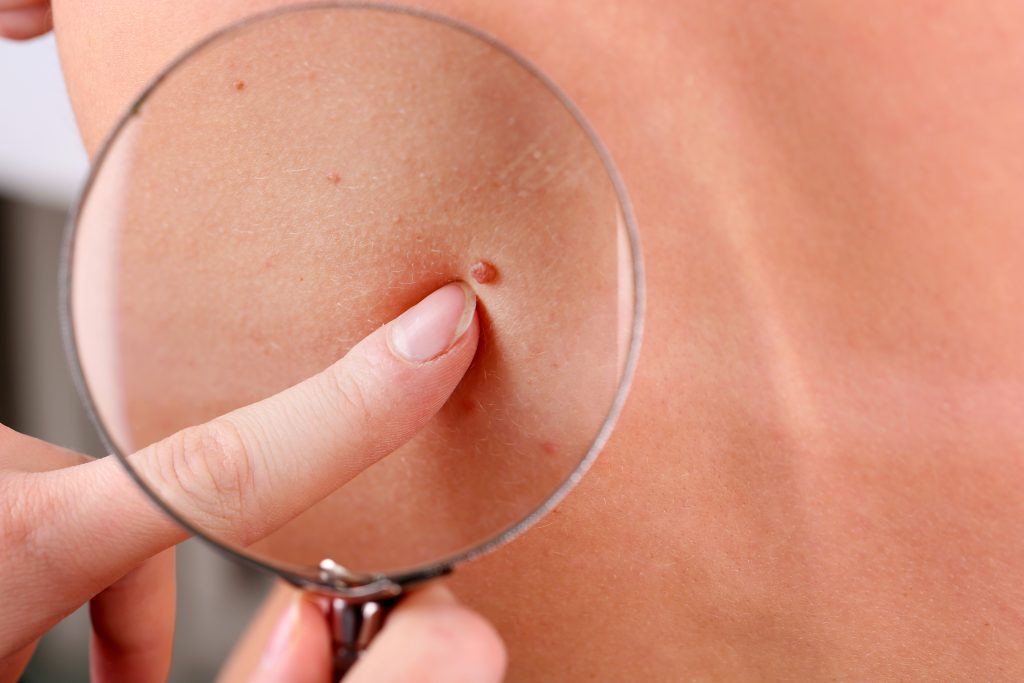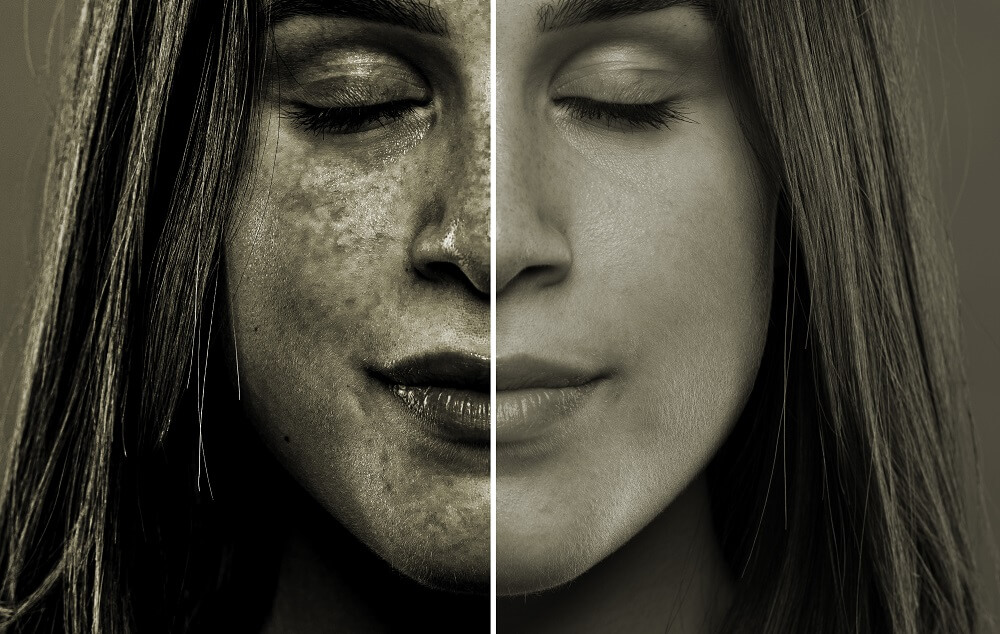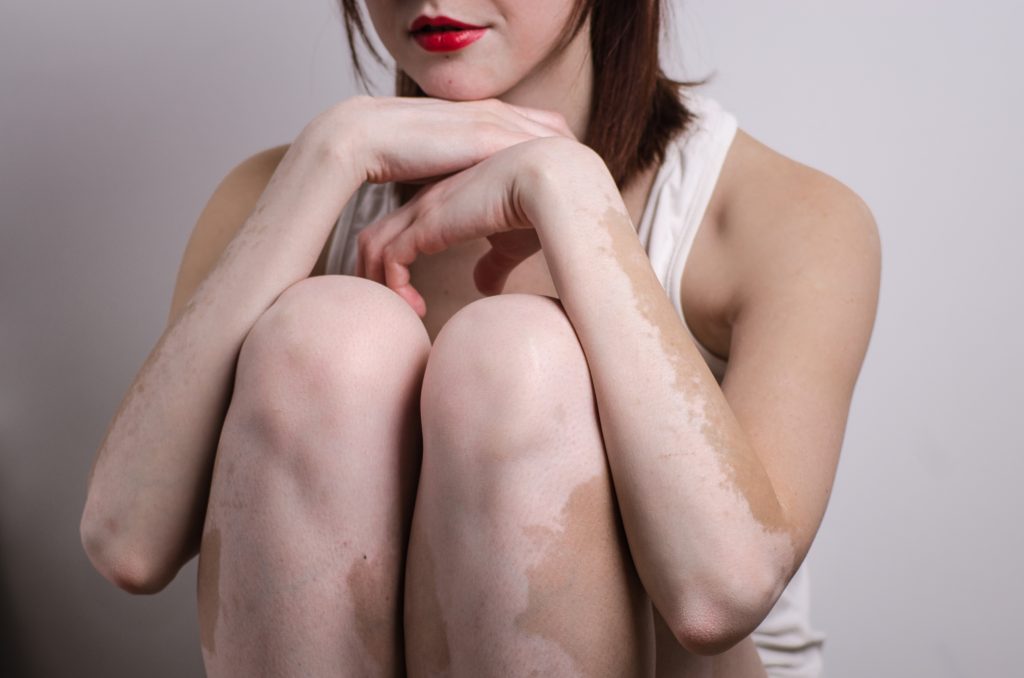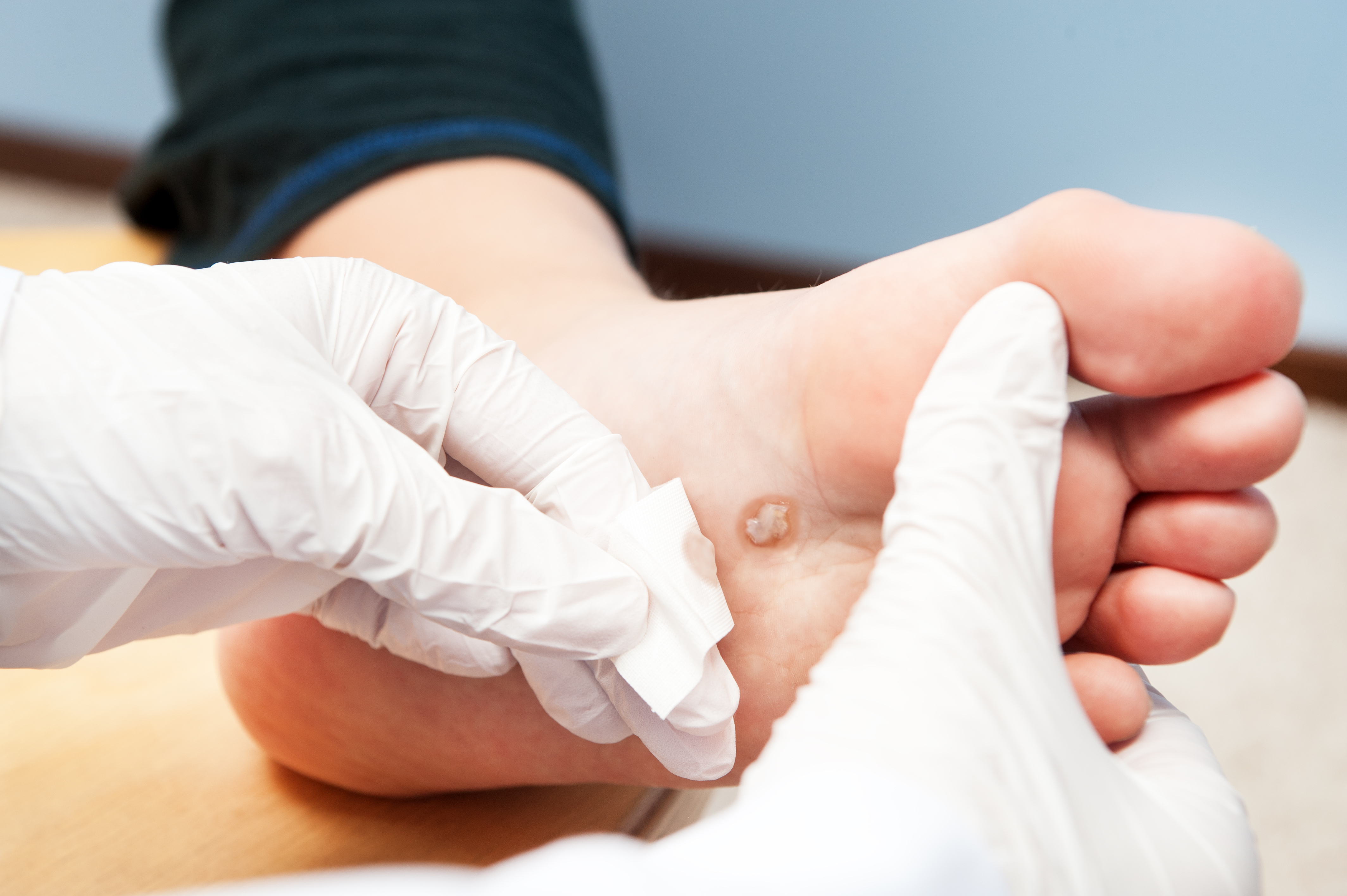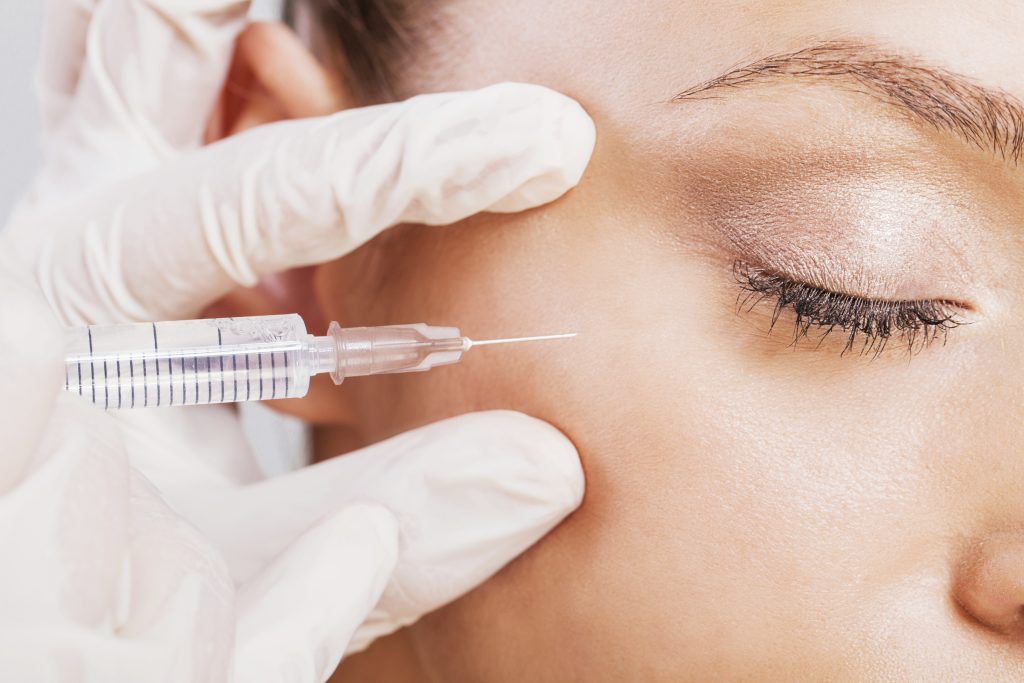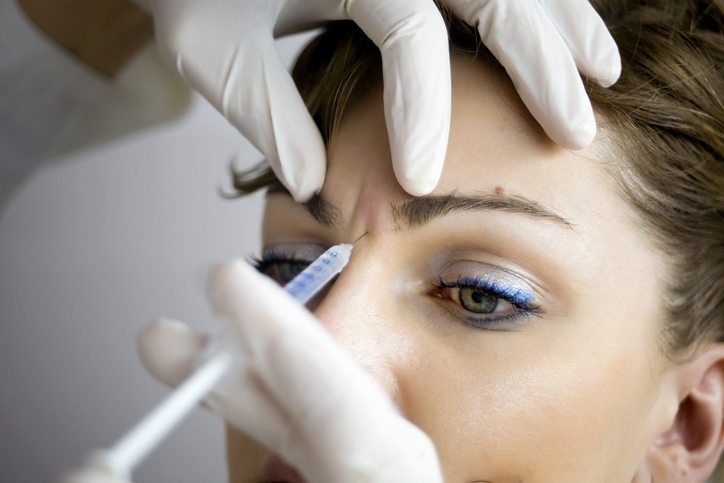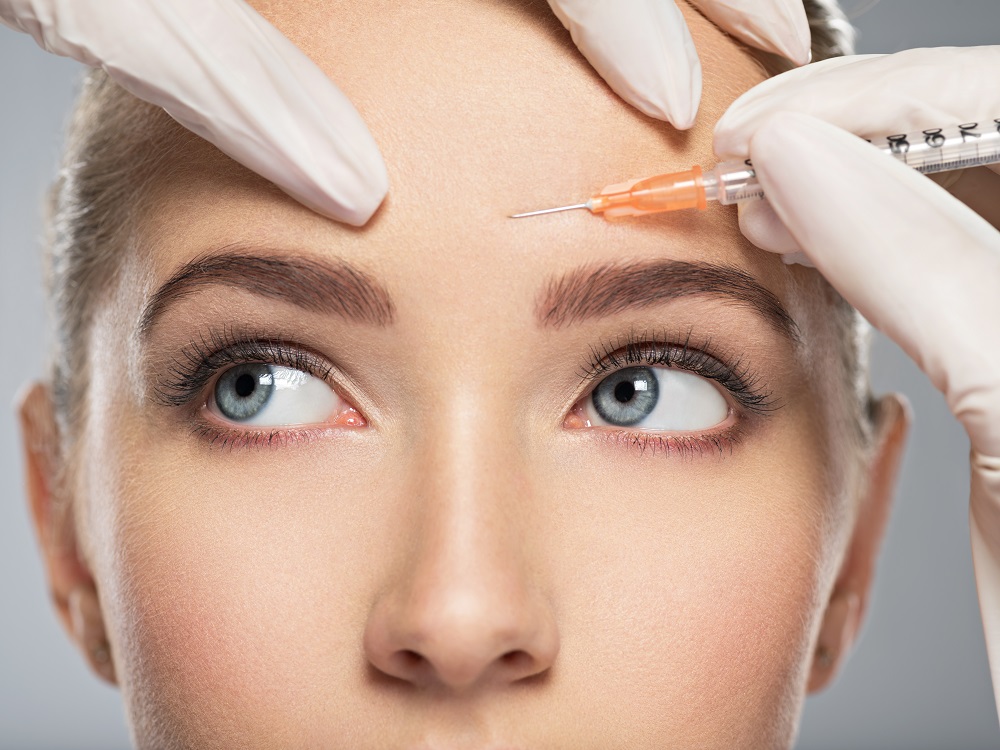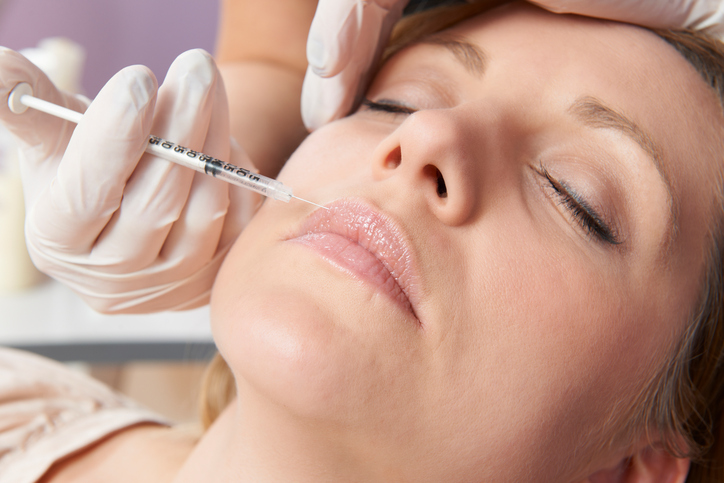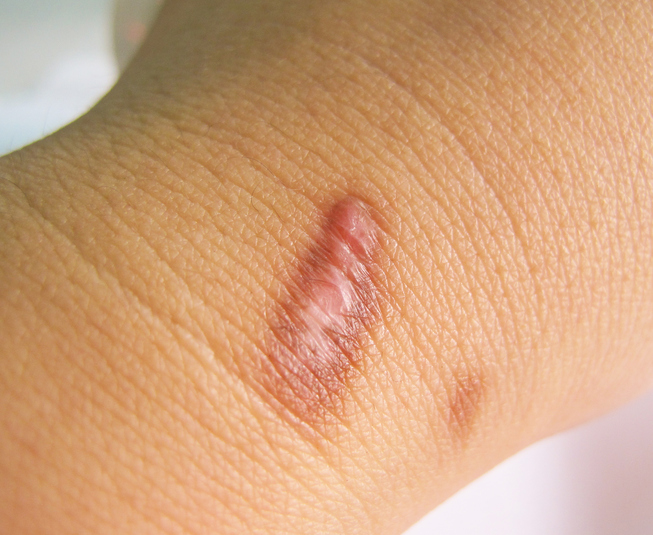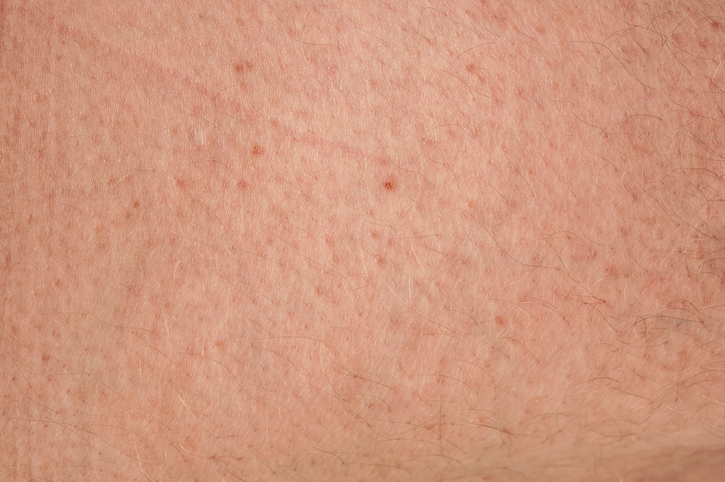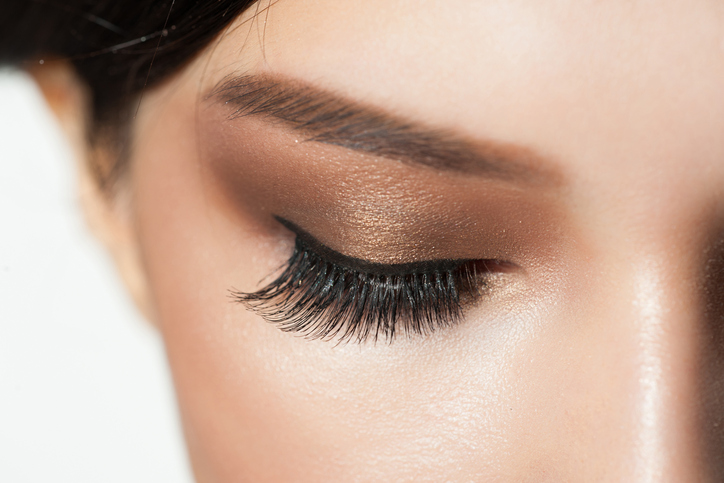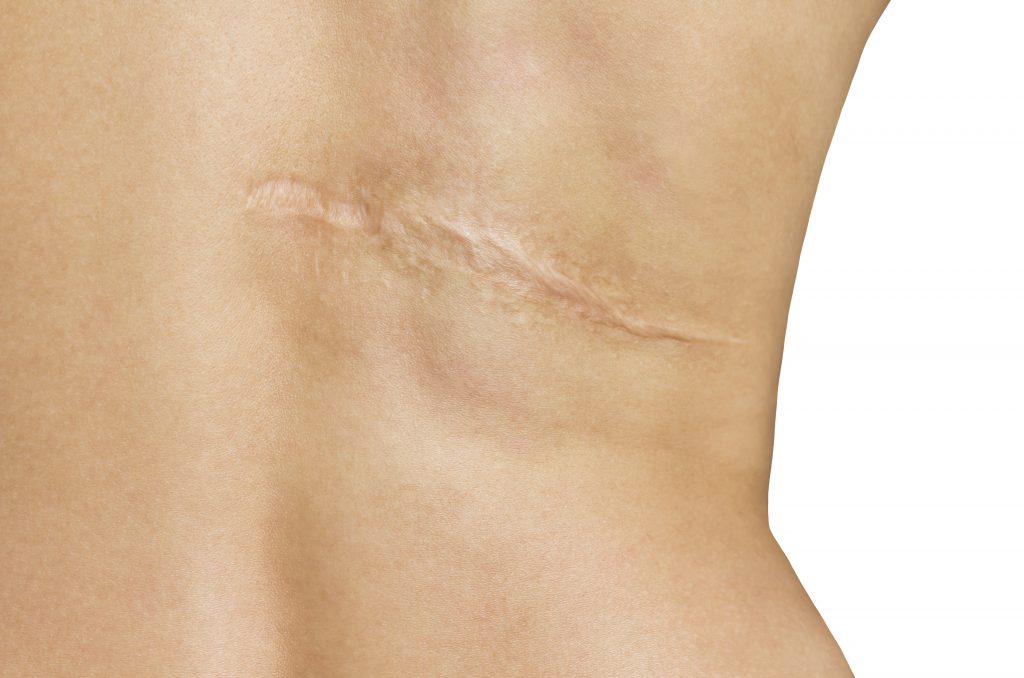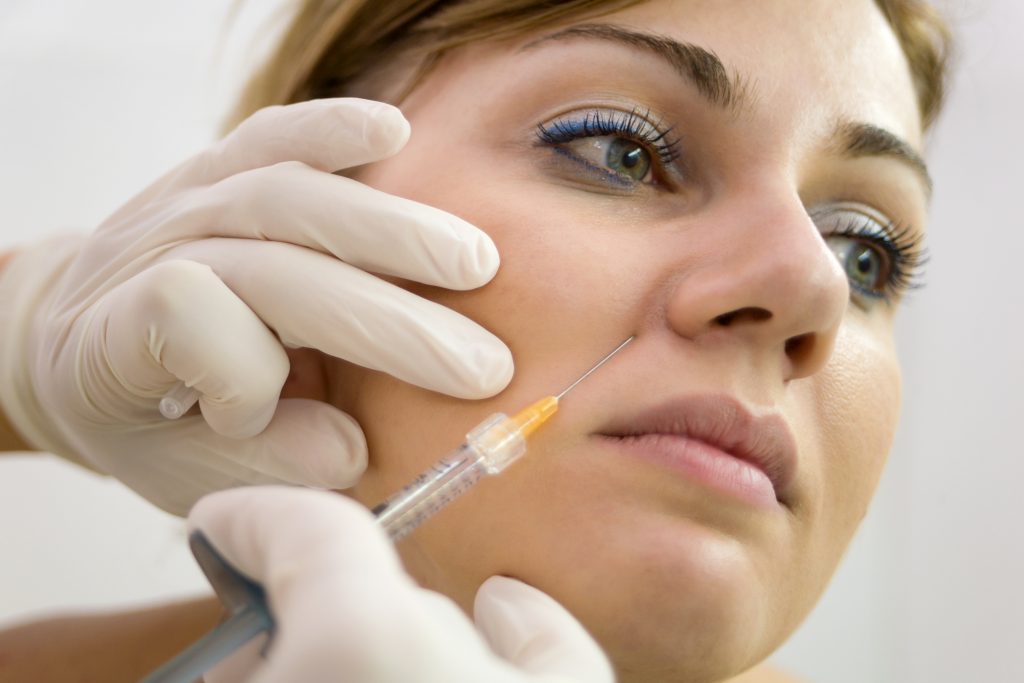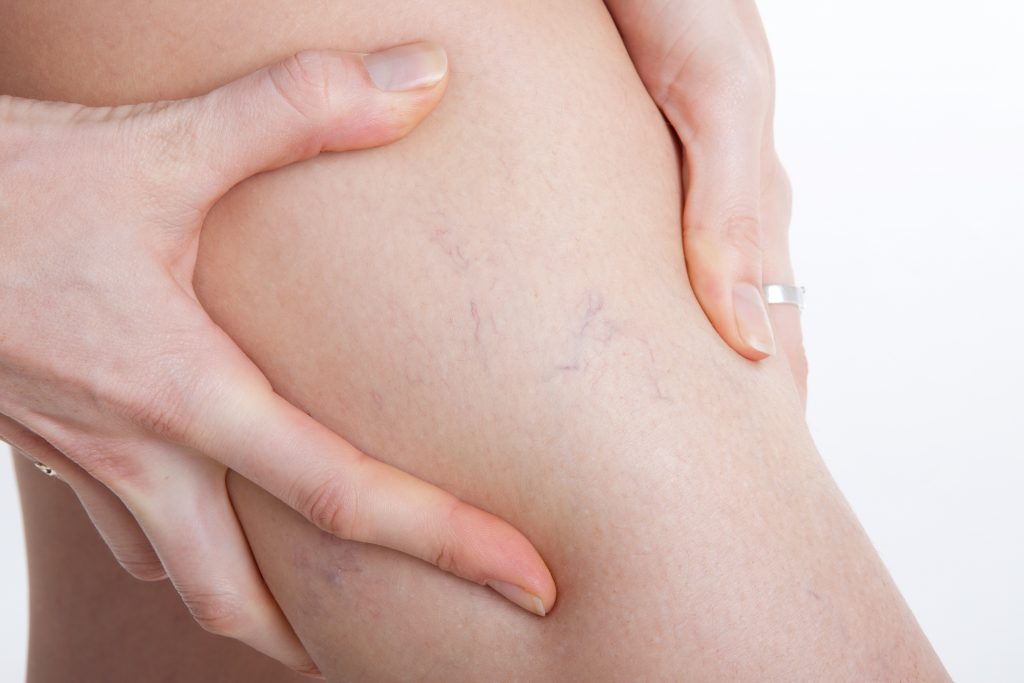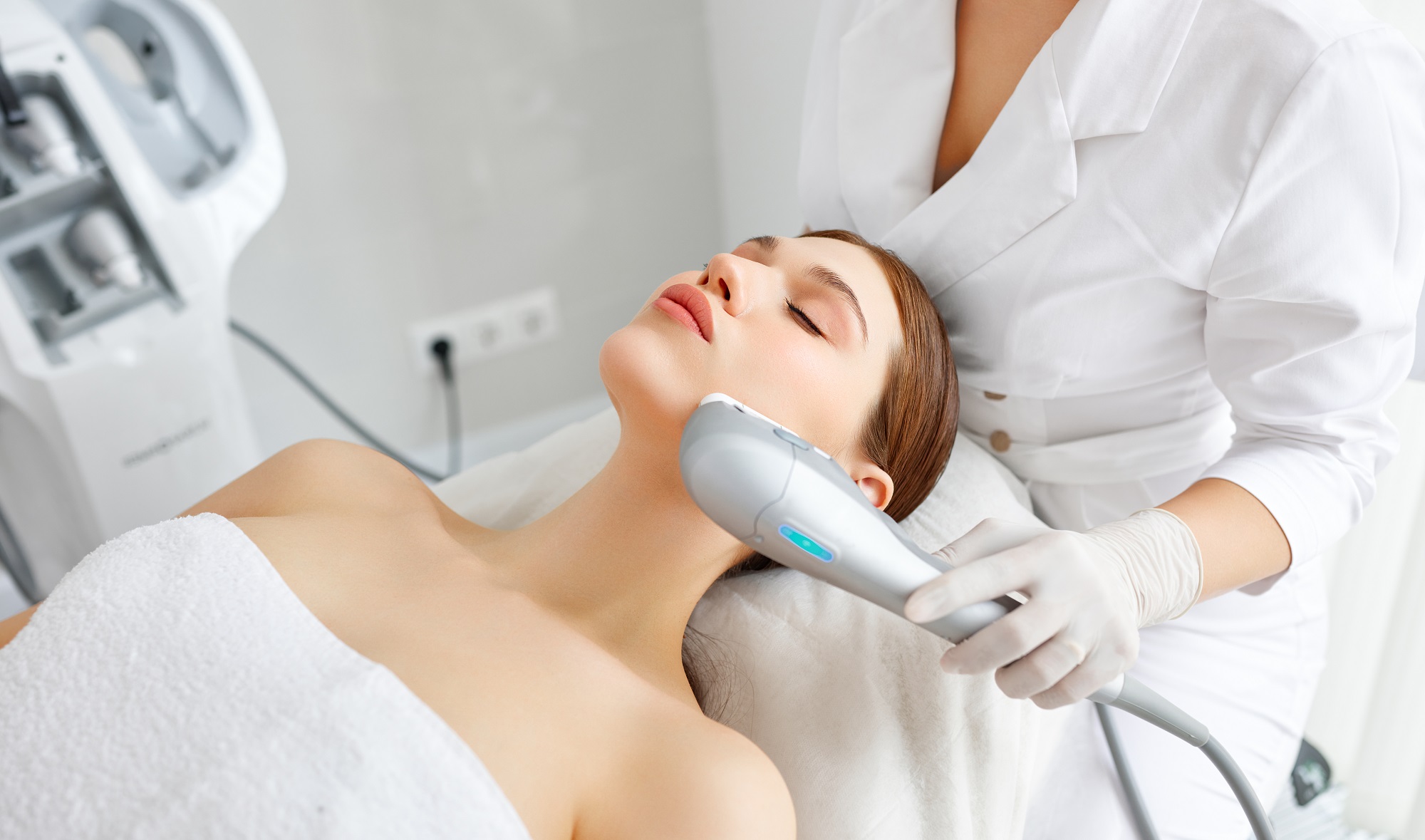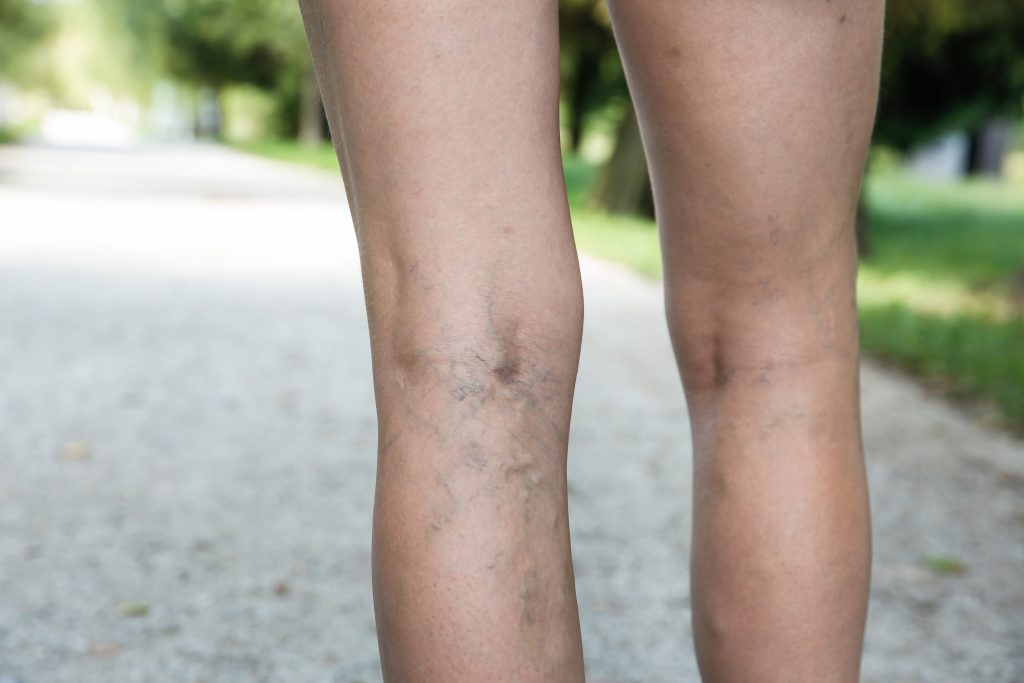Dr. Breck Thrash is a Board-Certified Dermatologist seeing patients in Dallas and Fort Worth, Texas at U.S. Dermatology Partners Dallas Uptown (formerly Highland Dermatology) and U.S. Dermatology Partners Fort Worth South Hulen.
Breck Thrash, MD, is a graduate of the University of Oklahoma. He earned his medical degree from the University of Oklahoma College of Medicine and served a double residency in dermatology and internal medicine at Baylor University Medical Center in Dallas.
He has participated as a sub-investigator in nearly a dozen clinical trials, including novel treatments for psoriasis, hidradenitis suppurativa (chronic lumps under the skin) and nail fungus.
Dr. Breck Thrash has a passion for service, volunteering on mission trips, at a Muscular Dystrophy Association summer camp, and as a student mentor.
In his free time, Dr. Breck Thrash enjoys playing basketball and tennis, cooking, traveling, and photography.
Badges & Awards
Specialties and Affiliations
- American Board of Dermatology
- American Academy of Dermatology
Featured Blogs
- 42 U.S. Dermatology Partners Physicians Recognized by 2024 Super Doctors® Awards
- U.S. Dermatology Partners is Recognized in Dallas Voice Readers Awards 2024
- Super Doctors 2023 Recognizes 43 U.S. Dermatology Partners Physicians in Peer-Nominated Award
- Dallas Voice Recognizes U.S. Dermatology Partners in the 2023 Readers Voice Awards as Best Dermatologist
- Thirty-One U.S. Dermatology Partners Dermatologists Across Texas Received Super Doctor & Rising Star Awards
- Texas Monthly Super Doctors 2020 Recognizes 35 U.S. Dermatology Partners Physicians in Peer-Nominated Award
- Texas Monthly Recognizes 26 U.S. Dermatology Partners Physicians


